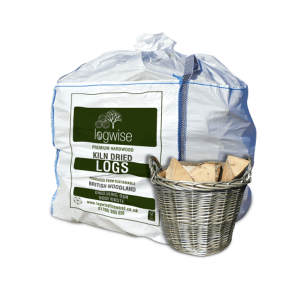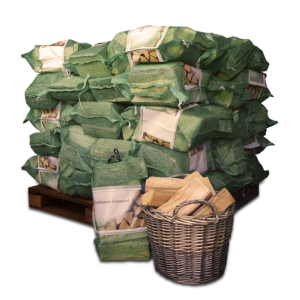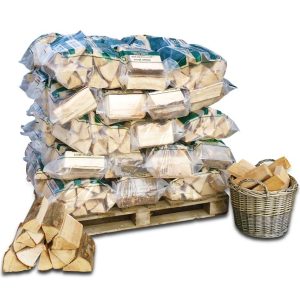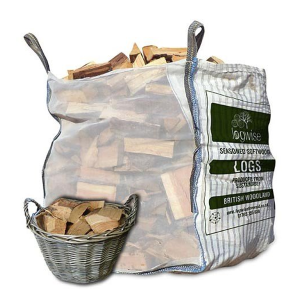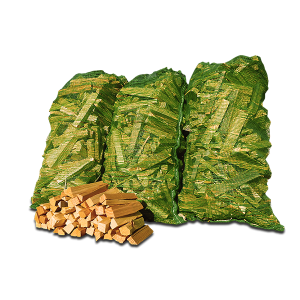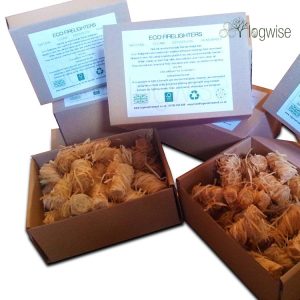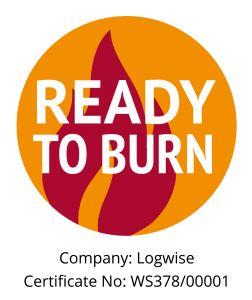Why does firewood snap, crackle and pop?
And other interesting firewood facts…
Firewood has been important, or even vital to humans for around 2 million years and that seems unlikely to change.
In prehistoric times firewood was essential to survival, but these days we tend to take it for granted. If you dig a little deeper though, you will find that firewood is fascinating!
In this article, we are going to discover why it snaps, crackles and pops, and lots of other very nifty firewood facts. So let’s get started!
Why does firewood snap crackle and pop?
Sitting in front of a warm fire is one of the cosiest things in the world, and there is something quite magical about listening to its snap, crackle and pop. But why does it do it?
Whilst firewood appears solid to the naked eye, inside there is a vast network of tiny pockets and pores. These little cavities are filled with sap and water and other fluids.
When you pop a log on the fire and it starts to burn, all these liquids heat up, just like water does in a saucepan, and eventually these liquids begin to boil.
When the liquids boil they turn to vapour, creating steam. But the steam has nowhere to go and becomes imprisoned within the cavities.
Desperate to escape, the steam piles on the pressure, expanding the surrounding wood until eventually the log can take no more and breaks apart. This is when you will hear the famous snap, crackle and pop.
No wood is uniform and the cavities vary in size. Larger cavities like knots will create much louder pops – the bigger the cavity the bigger the bang!
Furthermore, wetter wood creates more of these mini-explosions and will also induce sputtering and hisses.
Cool huh?
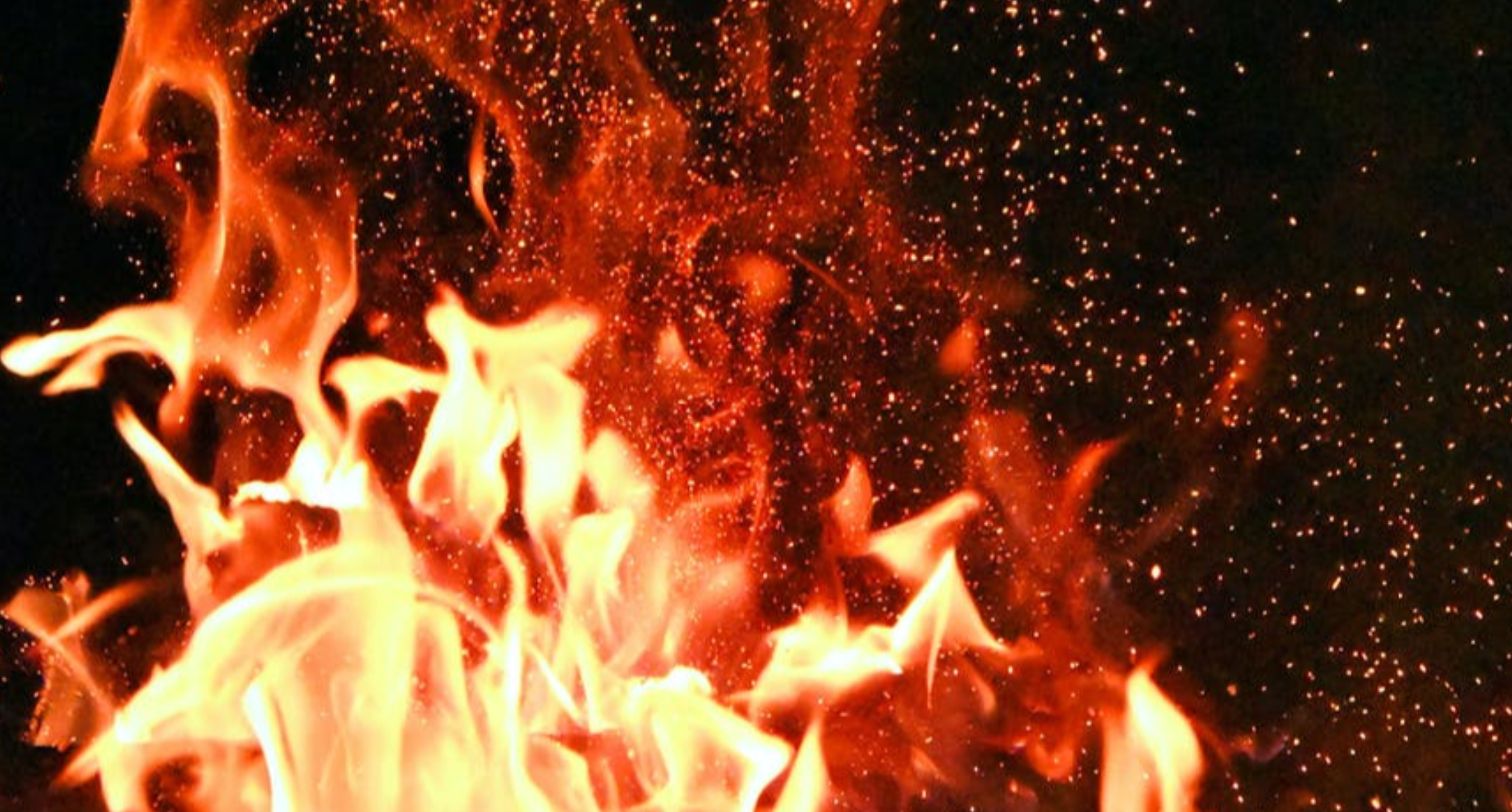
But if those facts didn’t fire you up, here’s some more woody trivia…
- Not all wood floats. For wood to float it must have a lesser density than the water it’s been plonked in. Coralwood, eucalyptus mahogany, iron wood, among others, all will sink faster than a toupee in a fan factory.
- Best building material. From an environmental standpoint wood is one of the best building materials as it has one of the lowest carbon footprints. Other materials require fossil fuels in their manufacturing whereas trees naturally “make” the wood themselves.
- The terms “hardwood” and “softwood” don’t mean what you probably think they mean. “Hardwood” and “softwood” don’t refer to how hard or soft the wood itself is, but rather to the type of seed and leaves the trees produce. Typically, trees that produce leaves are hardwood and trees that produce cones are softwood.
- Winos need wood. If you’re fond of a nice glass of wine then you have wood to thank for it. Wooden barrels are used to help the fermentation process and wood chips are often added to age the wine faster and to give the wine that wonderful, woody aroma.
- “Lumber” and “Timber” refer to different things. Lumber is the wood commonly used for residential construction and will have been sawn and planed into the desired shape and size. Timber, on the other hand, is typically larger-cut bits of wood and is used to build bridges and support mine shafts and other important structures.
- You can use lumber for slumber. Ceylon Satinwood emits a beautiful, calming aroma when burned that can aid sleep… But don’t try this at home if you have a canary as the fumes can kill them! 🐥
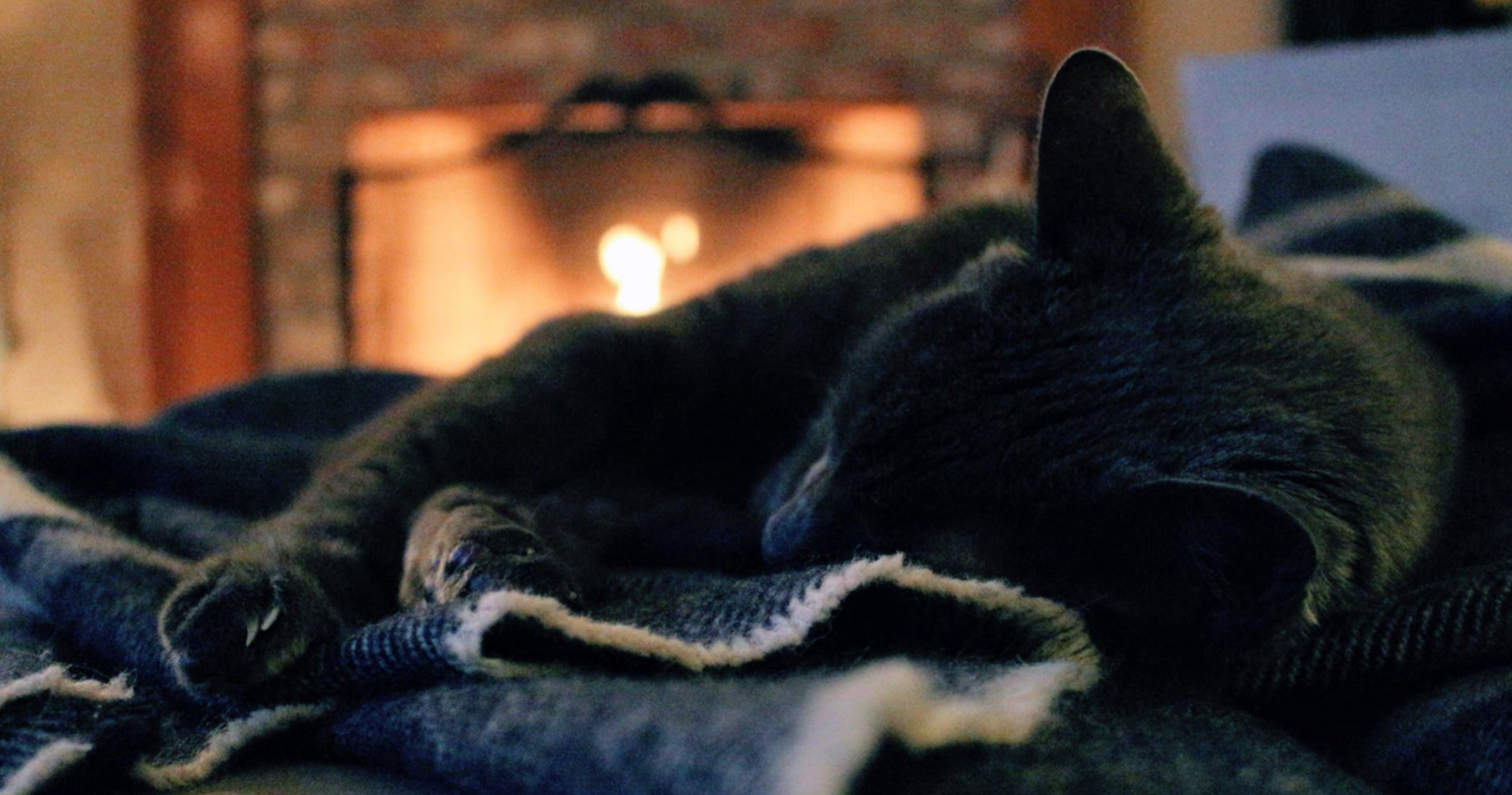
Who wood have thought it?
So there you have it, who wood have thought that wood could be so interesting? We hope you take a moment to think about these interesting little facts next time you are listening to a fire snap, crackle and pop.

